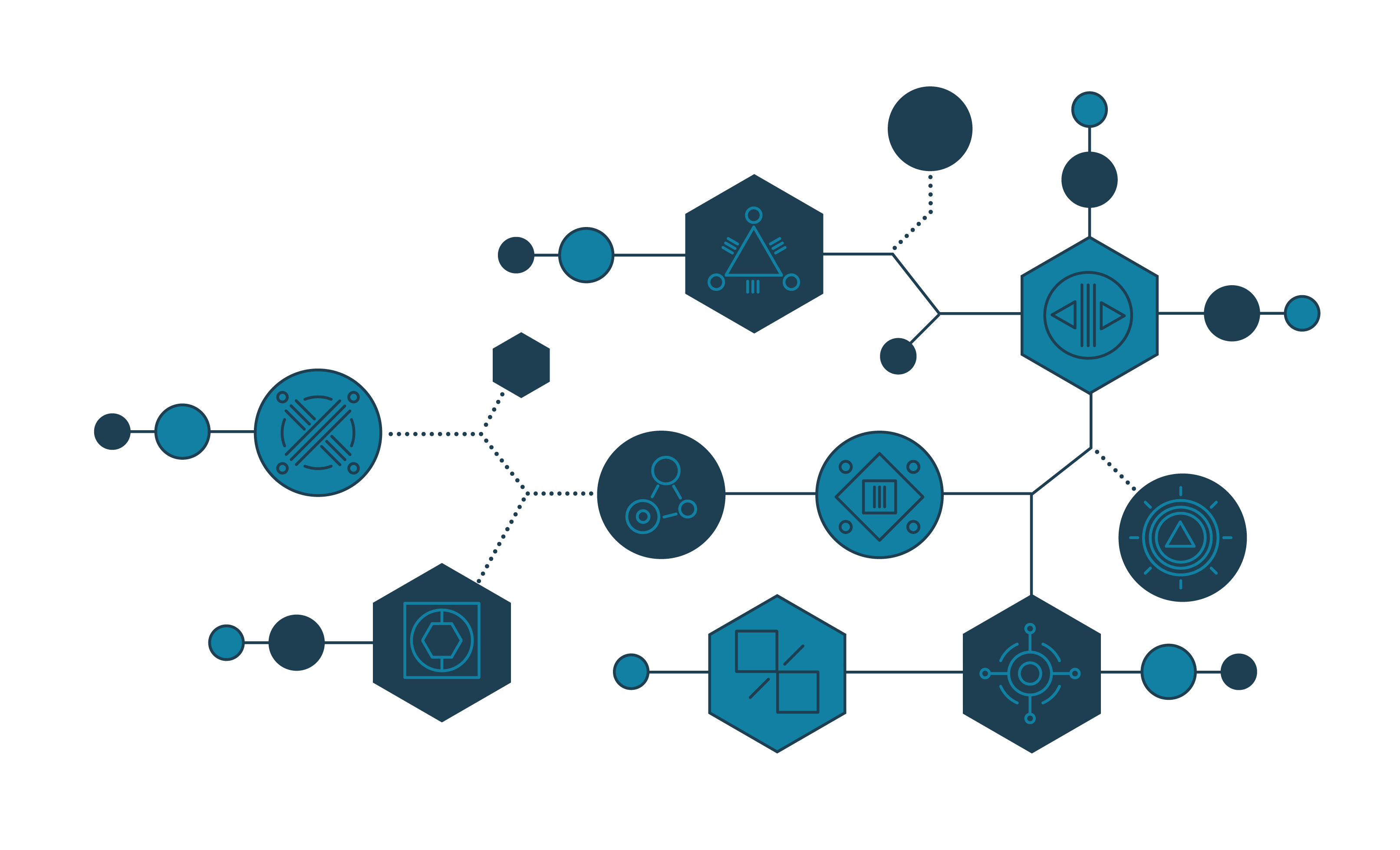Article - How can insurers seize the opportunity of big data and remain legally compliant?
by Ian Grimley, July 2024


It’s true to say that, traditionally, the insurance industry has taken a ‘finger in the air’ approach to calculating risk. However, big data is now being harnessed by Insurtech businesses and insurance companies, allowing more accurate assessment of risk, policy pricing and claims settlement.
This means data has become critical for insurers and the more data that insurers can access, the better service they can provide to their clients.
Commercial insurers rely upon accurate and comprehensive risk assessments when underwriting policies. If the insurer has insufficient data, then the policies cannot be properly risk-assessed. The likelihood is that the premiums will be more expensive, because the insurer is taking on unknown risks.
However, with greater access to bigger data sets, insurers can predict the risks more accurately, and clients get more comprehensive insurance policies that are suitable to their needs.
When data is pooled in the form of ‘big data’ the cost of risk management for everyone is lower than in an undiversified system.
Risk assessments used to be based on claims history and generalised data (e.g. for car insurance, one career being considered riskier than another). Technological advancements mean it is now possible to capture and process huge amounts of very specific data. This enables risk to be assessed on specific, not generalised, bases.
Think of things like a black box in cars for new drivers, an app that tracks your driving performance, or data from a Fitbit that tracks data about your health.
This real time information allows the insurers to make better risk assessments because they have access to very specific, up-to-date information on their customers. With AI and predictive modelling, insurers use this data to analyse risk patterns, identify new risks and adjust their policies to reflect changing conditions.
The data paints a picture of who the client is, and the likelihood that something might happen, in order to protect the client if it does. The data is used to calculate the probability of an event happening, which feeds into the calculation of the premium.
The key to making the best predictive use of ‘big data’ is to be able to analyse data from all sources together, rather than separately. Insurers collate data that is given to them directly by the client. But they also use digital channels, and in some cases, partner with data brokers to get as much access to data as possible.
It’s clear that more data leads to more tailored insurance policies at more accurate prices. But it’s not entirely straightforward.
Underwriters struggle to find and access the data they know they need for an analysis. Big data results in vast amounts of data that could be scrutinised. How do they extract the right data for the risks they want to protect?
The other problem that crops up is the quality of the data. It can be ‘noisy’ with multiple intervening factors that skew the story of the data. Or it may be incomplete, or inaccurate. There is no exact science to data collection.
With the complexities presented by data, some insurers partner with technology companies to help them with data management.
When insurers partner with data management companies, or data suppliers, there is a question about who owns the processed risk data. Is it the Insurtech companies or the insurers?
This can be clarified in the contract by inserting a clause which explains specifically who owns which data. The upside of owning the data is that you can make decisions about how the data is used and improve the quality of the data.
On the flipside of that is the risk and responsibility that comes with data ownership. The owner is responsible for any data breaches, and compliance with data privacy regulations to protect customers’ personal information. All these considerations have to be drafted into the contract, and each party must understand their obligations.
Insurers also need a clause in their contracts with their customers, which allows the insurance company to collect and aggregate data, in exchange for greater benefits of pooled data. Customers need to be aware how their data will be used, and they need to agree that it can be shared with third parties.
This is often a contentious point for customers, so the parameters for sharing should be limited. Make it clear that the data will not be used for marketing purposes, but only for improving the accuracy of risk assessments.
At Roxburgh Milkins we’re experienced in drafting watertight contracts for insurance and Insurtech clients and can help you capture the opportunity of big data, while remaining legally compliant.
Please give us a call to discuss how we can help you, or download this article to share.